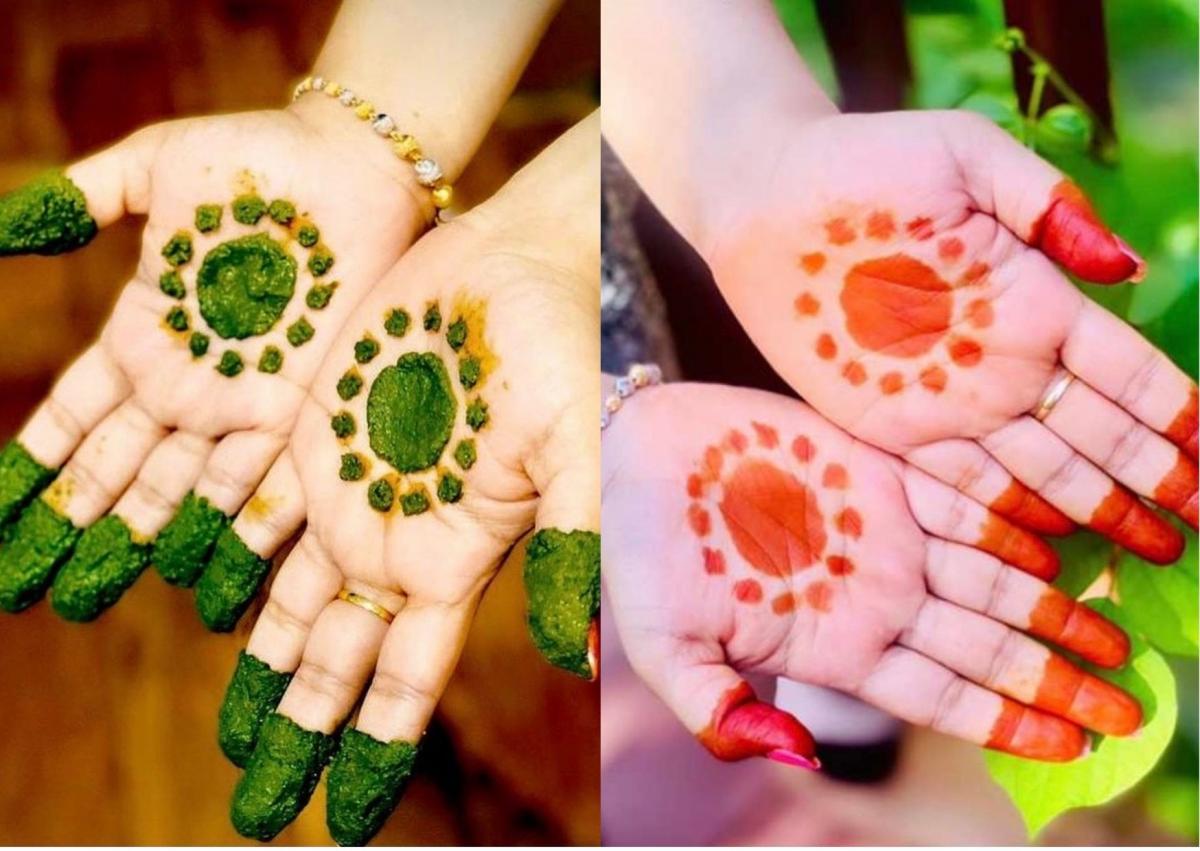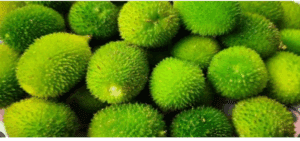
The Significance Of Aashada Masam
The Significance Of Aashada Masam
Aashadam, also known as Aadi or Ashada, is a significant month in the Hindu calendar, especially for women. Celebrated between July and August, Aashadam holds immense spiritual and cultural importance. During this auspicious month, women engage in various rituals and celebrations, with one of the key practices being the application of Gorintaku. Let’s explore the significance of Aashada masam for women and the importance of Gorintaku in this joyful period.
- Aashadam: A Time of Spiritual Celebration: Aashadam holds deep spiritual significance for women, as it is believed to be a month of heightened divine energy and blessings. It is considered an opportune time for spiritual practices, seeking the grace of the divine, and connecting with one’s inner self. Women engage in prayers, fasting, and visit temples to seek blessings for their families’ well-being, prosperity, and happiness.
- The Celebration of Womanhood: Aashadam is a celebration of womanhood and the divine feminine energy. It recognizes the strength, resilience, and nurturing qualities of women. The month is dedicated to honoring the female deities, such as Goddess Parvati and Goddess Lakshmi, who represent power, fertility, and abundance. Women celebrate their roles as mothers, wives, and caretakers during Aashadam, reinforcing their integral place in society.
- The Importance of Gorintaku: Gorintaku, also known as vermilion, is a red powder or paste used by married women as a symbol of their marital status. During Aashadam, married women apply Gorintaku on their foreheads, as a visible sign of their commitment and love for their spouses. It is an age-old tradition that signifies the bond between a husband and wife and is seen as a mark of honor and respect.
- Symbolism and Beliefs: The application of Gorintaku holds deep symbolic meaning. The red color of vermilion represents prosperity, love, and fertility. It is believed to bring good luck, protection, and longevity to the husband. Gorintaku is considered a sacred symbol of a woman’s marital status and her devotion to her spouse. It also serves as a visual reminder of the importance of unity, trust, and mutual respect within a marriage.
- Strengthening Relationships: Aashadam and the application of Gorintaku strengthen the bond between husband and wife. It is a time when couples express their love, appreciation, and commitment to each other. The act of applying Gorintaku becomes a ritual of affection, signifying the woman’s dedication to her husband and her role as a life partner.
- Preservation of Tradition and Culture: The celebration of Aashadam and the application of Gorintaku are an essential part of preserving tradition and culture. These customs have been passed down through generations, acting as a bridge between the past and the present. By participating in these rituals, women not only honor their cultural heritage but also ensure its continuity for future generations.
Aashadam holds immense significance for women as a time of spiritual celebration and honoring the divine feminine energy. The application of Gorintaku during Aashadam symbolizes the marital bond, love, and commitment between husband and wife. It serves as a reminder of the importance of unity, respect, and devotion in married life. By observing these customs, women not only strengthen their relationships but also contribute to the preservation of tradition and culture. Aashadam provides an opportunity for women to embrace their roles, express their love, and seek divine blessings for a prosperous and harmonious life.





